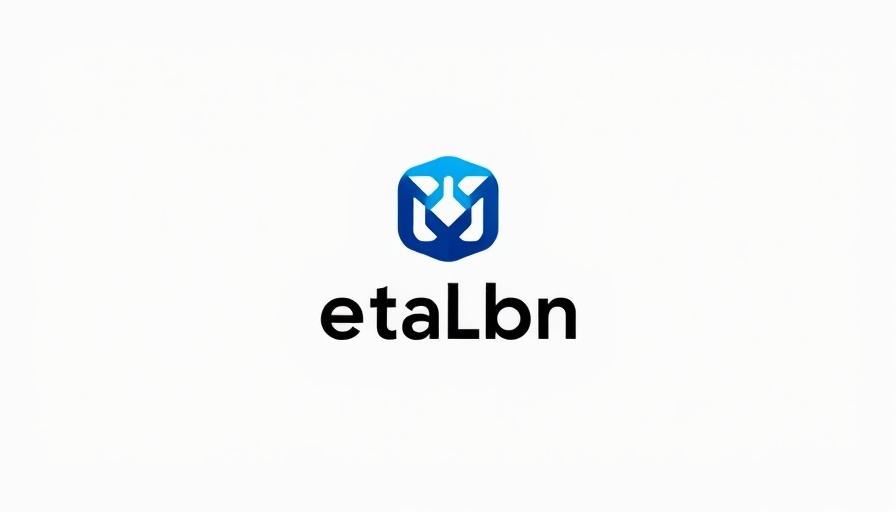
Understanding the Importance of Standing Up for Yourself
At some point in our lives, we encounter moments that challenge our self-assertion. Whether it’s personal values being compromised or unfair treatment, knowing when to stand up can shape not only our identities but also influence the perception others have of us. For business owners—who build brands and reputations—these moments are particularly critical.
1. When Values Are Compromised
Our values define us. They act as a compass guiding our choices. When these values face threats, whether in professional settings or personal relationships, it can be uncomfortable to voice our concerns. Yet, remaining mute enables others to infringe upon what we hold dear. Standing up in these situations is not merely an act of defiance; it’s a clear statement of self-worth and integrity. As business leaders, asserting these values reinforces our brand and demonstrates to clients and employees alike the principles upon which we operate.
2. Facing Unfair Treatment
Unjust actions and words occur frequently within business dynamics. It might be a colleague taking credit for your hard work or being overlooked for opportunities. While confronting these injustices might seem intimidating, it's vital. Speaking up not only establishes boundaries but signals to others what is acceptable behavior. Equally, it reflects a leader’s resilience and commitment to fairness—key traits that build trust and loyalty within teams and customer relationships.
3. Navigating Difficult Conversations
In the realm of business, tough conversations often arise: firing an employee, addressing performance issues, or sending a disappointed client feedback. While these topics stir anxiety, they are crucial for maintaining a productive environment. Preparing for these conversations can empower business owners to articulate their views effectively, helping them to confront issues directly yet respectfully. Moreover, when leaders engage in difficult discussions, they set the precedent for open communication, cultivating a culture of transparency within their organization.
4. When Personal Well-being Is at Stake
Your mental and emotional health is paramount. In a business landscape characterized by high stakes, pressures can mount. Recognizing when your well-being suffers due to workplace stress—or toxic relationships—is a critical cue to advocate for yourself. It’s essential to know your limits and voice when you’re overwhelmed, ensuring that you prioritize your health while creating a sustainable work-life balance. Your resilience allows you to be a more effective leader, contributing to both personal growth and a thriving business.
5. Establishing Boundaries
Boundaries are essential in any professional setting. They delineate the space between personal priorities and business demands. When limits are consistently breached, it becomes essential to assert these boundaries firmly. Doing so not only fosters respect but also cultivates a culture where everyone operates at their best. Business owners should model this behavior—they serve as examples of maintaining balance and respect for personal time, ultimately enhancing productivity and morale.
6. Seizing Opportunities
Opportunities exist waiting to be seized, but fear of failure can hold individuals back. For entrepreneurs and business owners, identifying and acting on opportunities demands confidence. Standing up to skepticism—whether from self-doubt or external criticism—is critical. Vocalizing ambitions and goals not only bolsters personal accountability but also invites support from others who may share your vision. Breaking through these self-imposed barriers can lead to remarkable growth.
7. Standing Together with Others
Collective voices can drive significant change. Whether standing against discrimination or advocating for ethical business practices, lending your voice to causes you believe in fosters solidarity. This act not only enriches your brand but also creates an image of principled leadership. Aligning your business with shared values displays authenticity, drawing customers and partners who support ethical endeavors.
Conclusion: Empower Your Voice
These moments, while challenging, serve as vital opportunities for growth and reinforcement of your identity. Whether you are a consultant, coach, or small business owner, learning to assert yourself when necessary is fundamental to your personal and professional development. Don't shy away from tough situations; instead, embrace the chance to stand tall and affirm your worth, for it is in these moments that your greatest growth will emerge. Remember, it’s about fostering trust and respect—both for yourself and those you lead.
If you found these insights valuable, consider delving deeper into resources that enhance your personal brand and standing in the business world. It’s never too late to cultivate a stronger, more authentic voice.
 Add Row
Add Row  Add
Add 




Write A Comment